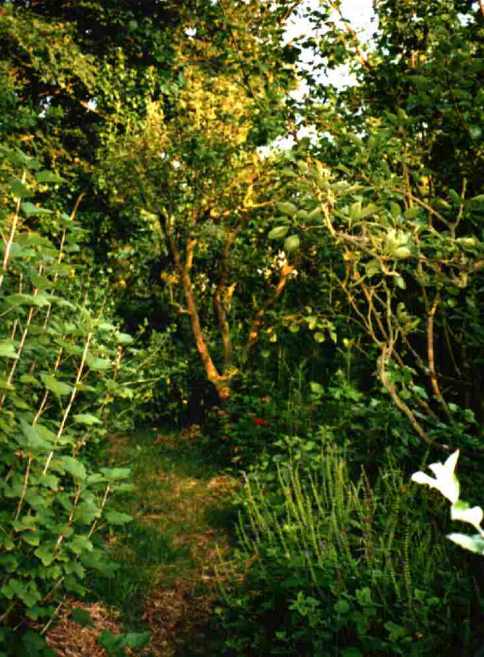Why the SDGs alone aren’t enough
There is a new metric when it comes to the UN’s Sustainable Development Goals: the ‘spillover effects’ of each country on the world at large. These spillover effects include pollution, financial secrecy, and contribution to peace abroad. Since these effects are accounted for outside of a country’s borders, they are not represented by national statistics. A country might rank very highly when judged only by its own statistics (such as the US and Switzerland), but this is a lopsided view when looked at in a global context.
- Read more about Why the SDGs alone aren’t enough
- Log in to post comments
